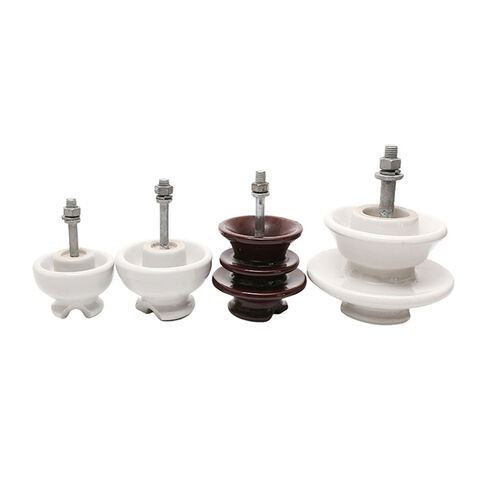
A pin insulator is a component used to support and insulate conductors from the support structures. It mounts on a metal or wooden pin which then attaches to the support structure. It has a design consisting of a central spindle or pin with grooves to hold the conductor in place. It’s body surrounds the pin providing the required electrical insulation between the conductor. The insulation helps prevent electric leakage and ensures the safe transmission of electricity. Pin insulators provide mechanical support to the conductors. This helps distribute the weight of the conductors and prevent sagging and excessive movement. Pin insulators are from materials such as glass or porcelain. The materials offer high electrical resistance and help withstand the environmental conditions. Common types include composite, polymer, glass or porcelain pin insulators.
Selection process of pin insulator
Sometimes it’s difficult to determine which pin insulator suits your application needs. This is a requested question by project managers and owners. Pin insulators are critical for power transmission lines rated up to 33kV. This is because as the voltage increases, the insulators become inefficient and uneconomical. You could also speak with industry experts or professionals who can offer important advice. The following are some considerations when choosing a pin type insulator for your project.

- Voltage level – determine the voltage level of the transmission line since they are available in various voltage ratings.
- Mechanical needs – consider the mechanical requirements of the application. This may include the weight of the conductor, wind loads and tension.
- Environmental factors – check the environmental conditions at the installation site. This is including factors like humidity, pollution, temperature variations and seismic activity.
- Material – consider the material of each pin type insulator and which works with your kind of application.
- Pollution resistance – choose an insulator with good pollution performance to resist the accumulation of contaminants. This helps to reduces the risk of flashovers and maintaining the insulation performance.
- Insulation – check the electrical characteristic of the insulator. This is to determine the insulators’ ability to withstand electrical stresses.
- Standards and certifications – consider the relevant standards governing the selection and use of pin insulators.
- Manufacturer reputation – consider the reputation and reliability of the manufacturer or supplier. They should have a track record of delivering high quality insulators and providing excellent customer support.
Installation process for pin insulator
Pin type insulation installation necessitates strict respect to safety measures and industry standards. The installation process is specific to the system and equipment employed. For particular instructions and requirements, refer to the manufacturer’s guidelines and local regulations. If necessary, involve experienced professionals or licensed technicians in the installation procedure. This is to ensure safety and compliance. The following are the actions taken during pin type installation.
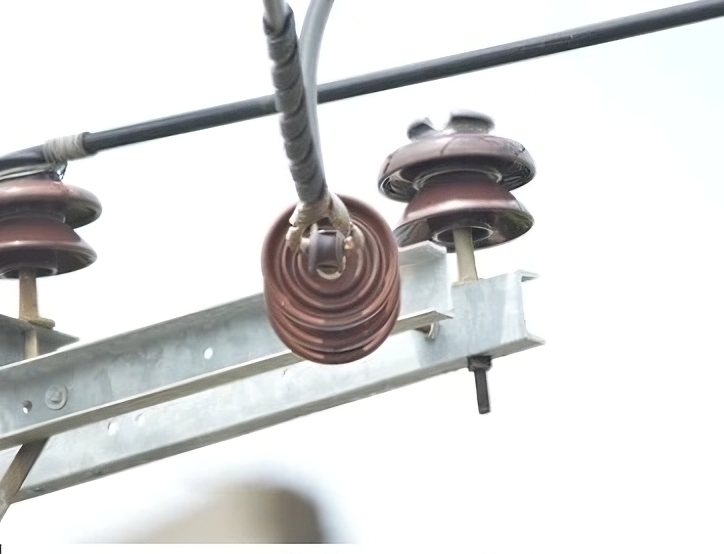
- Ensure all the necessary safety measures are in place. Verify that the insulators and associated equipment are in good condition. and suitable for the voltage end environmental conditions.
- Determine the appropriate locations for installing the pin type insulators along the transmission lines. They are usually placed at regular intervals to support the conductors and maintain proper clearances.
- Attach the metal pin of each insulator to the supporting structure using appropriate hardware. Ensure that the pins are properly tightened and that the insulators align vertically.
- Connect the conductors to the insulators using suitable fittings. This is including clamps, bolts or nuts following the manufacturer’s guidelines and industry standards.
- Connect the insulator disc using the provided metal rods in the place of long-rod insulators.
- Verify that there is appropriate mechanical clearance between the conductors and other objects. Also ensure that the conductors are properly tensioned to maintain the desired sag and mechanical stability.
- Conduct a thorough inspection of insulators, fittings and connections. This is to ensure they are secure and free from any defects or damages. Also perform electrical testing to verify the integrity of the insulation system.
- Establish a regular maintenance program to ensure the ongoing performance of the insulators. This involves periodic inspections, cleaning and replacement of any damaged or worn-out components.
Application areas of pin insulators
Pin insulators serve in a variety of fields to ensure adequate electrical transmission. The type of pin insulator used in a project depends on by the voltage level, ambient circumstances, and power system configuration. The main function of pin type insulators is to offer electrical insulation and mechanical support. The main applications of pin type insulators are as follows:
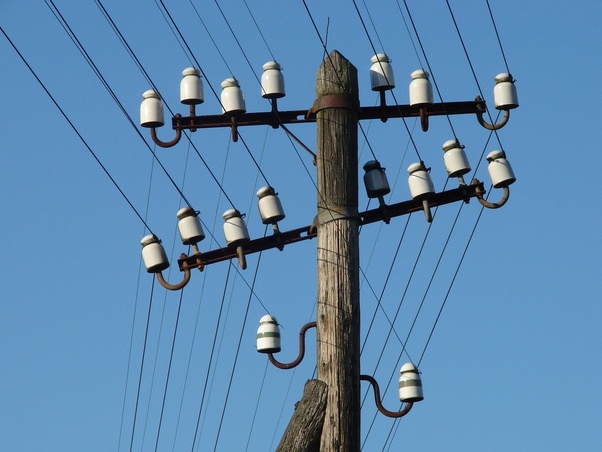
- Overhead transmission lines – pin insulators support and insulate the conductors in transmission lines. This ensures safe and reliable transmission of power over long distances.
- Substations – the insulators work in substations to insulate various equipment and components. These includes bus bars, disconnect switches and circuit breakers.
- High-voltage lines – they also work in high voltage transmission lines. They have designs and materials that allow them to withstand high electrical stresses.
- Distribution lines – pin insulators work in distribution lines which carry electricity from substations to residential, commercial and industrial areas. They support the conductor and prevent leakage of current to the supporting structures.
- Railways systems – pin insulators support and insulate the overhead catenary wires that supply power to the trains. They ensure high voltage catenary wires are fully isolated from the supporting structures and the ground.
- Telecommunication systems – they are also utilized in telecommunication lines to support and insulate communication cables. This helps to prevent interference and electrical leakage.
Maintenance practices for pin insulators
Regular maintenance of pin insulators maintains the lifetime and dependability of overhead power networks. It also aids in identifying and addressing any issues that may result in failures and unplanned outages. also, it is also recommended to conduct expert maintenance and inspections on a periodic basis. The following is a basic guide for maintaining pin insulators.
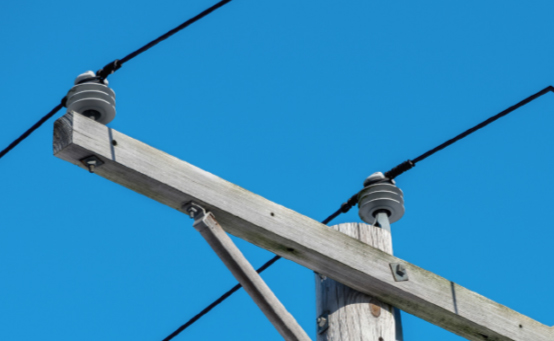
- Inspect the pin insulators for signs of damage like cracks, chips or contaminants on the surface.
- Examine the insulator sheds for any signs of tracking or leakage paths. Tracking occurs due to pollution, contaminants or accumulation of conductive materials.
- Assess the mechanical integrity of the insulators including the pins and attachment hardware. Check to ensure the insulators are securely fastened to the crossarm and no loose components.
- Inspect the metal components such as pins and associated hardware for signs of corrosion. This can weaken the mechanical strength of the insulator.
- Periodically clean the insulator to remove dust, dirt and contaminants that accumulate on the surface.
- Use infrared thermography to identify any localized heating on the insulator surface. This is to identify hotspots that may state electrical issues.
- Conduct ultrasonic testing to identify any defects within the insulator. This helps to gain insights into the insulators condition.
- Replace any damaged insulator to prevent potential electrical failures or flashovers.
- Check and tighten the hardware such as nuts and bolts to maintain proper mechanical support. Also, lubricate moving parts to prevent corrosion and enhance performance.
- Consider applying protective coatings on the insulator surface to repel contaminants and reduce chances of tracking.
- Maintain detailed records of the inspections, maintenance and cleaning activities.
Challenges and issues facing use of pin insulators
Pin insulators are crucial components in overhead transmission systems. They however face several challenges and issues which can impact performance and reliability. The various challenges need implementation of preventive measures. These includes regular cleaning, use of pollution-resistant materials and applying protective coatings. Additionally, there is ongoing research and development efforts focused on improving the durability, performance and resilience of pin insulators. The following are the various challenges and issues facing use of pin insulators.
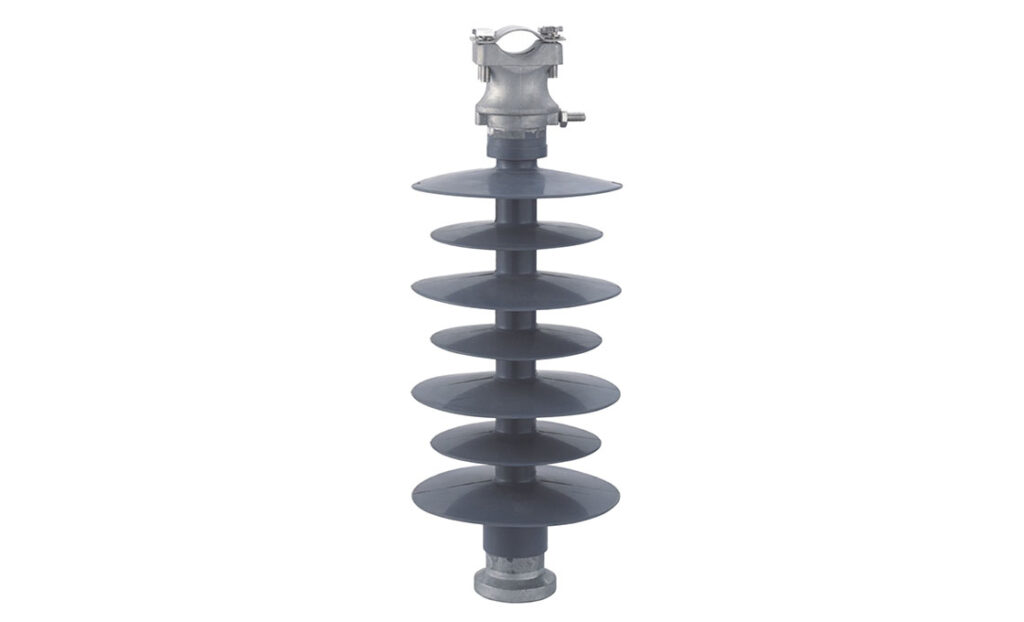
- Pollution and contamination – pollution is the most significant challenge facing the pin insulators. Pollution can deposit conductive contaminants on the insulator surface leading to leakage currents.
- Mechanical stress and damage – the insulators face mechanical stress from factors such as wind, ice and vibration. The stress can lead to insulator damage which can compromise their structural integrity. Mechanical damage can also occur during installation, maintenance and external impacts.
- Aging and degradation – the insulators undergo ageing and degradation over time due to factors like UV exposure and electrical stress. Ageing decreases their resistance and increases the risk of electrical faults.
- Insulator flashovers – this occurs when the insulating surface becomes coated with a conductive layer of moisture. This allows a leakage path for current to flow and arc across the insulator.
- Installation and maintenance challenges – proper installation and maintenance helps to ensure the long-term performance and reliability.
- Bird and wildlife interference – birds can pose as a challenge to pin insulators by perching on them. This leads to conductive bridging between phases causing short circuits.
Frequently asked questions
Consider factors such as voltage rating, environmental conditions, mechanical requirements and cost considerations.
Ensure insulators are securely mounted and properly aligned to support the conductors without excessive tension. Use suitable mounting hardware and follow manufacturer recommendations. Inspect insulators for any defects before installation.
Check for signs of damage such as cracks or chips, increased flashover incidents, decrease in insulation resistance or abnormal behaviour.
